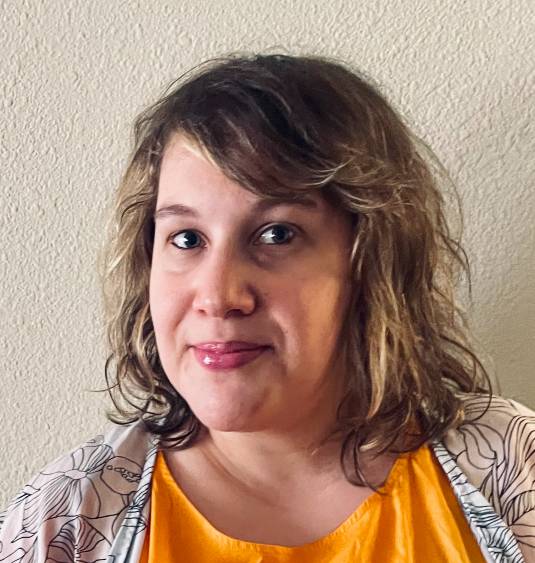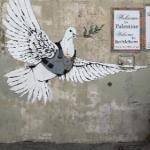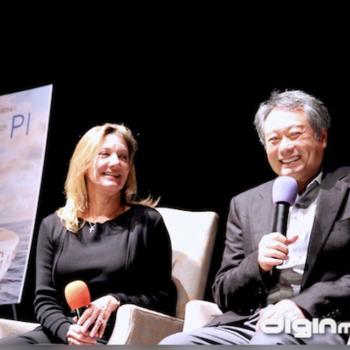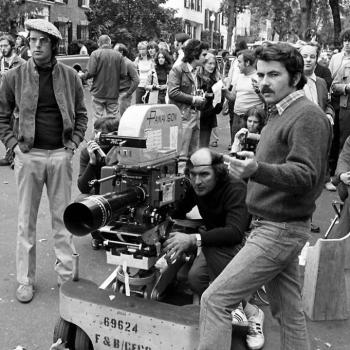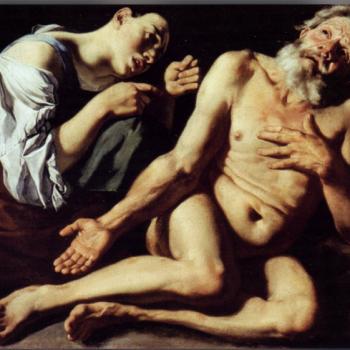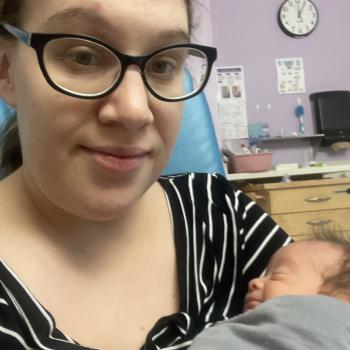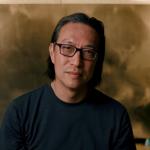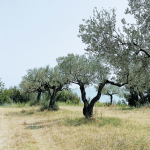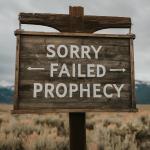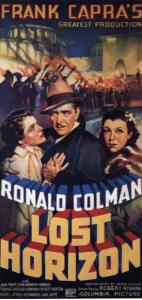
Wikimedia Commons
How can art and film make us have open discussions for faith and mortality?
When I think about the first time I watched Lost Horizon, I get chills. I feel sick. I can’t feel my feet, and my legs get heavy. A wave of terror hits me.
Dubbed a fantastical drama/adventure (1937), I have never had a more viscerally emotional reaction to a film than when I had watched this particular venture. You may be wondering why, and that’s a fair point, considering film is usually meant for entertainment purposes and not thought provoking malaise. However, I can tell you that when it comes to film, the artistic expression is a large part of that malaise, and it can teach you and reach out to you in ways you may never could have anticipated.
The scene that made me sob uncontrollably for most of the day was something so out of the blue, so shocking to me, that nothing in any actual horror movie has ever gotten close to scaring me like that one scene in that film.
And yes, I know it sounds silly. It’s almost embarrassing. I don’t know why I’m even discussing it.
But horror is not about big budget monsters that jump out to screech at you. (I’ve always wondered what monsters do when they don’t jump out to scare you in movies. Like…. Do they chill out and just wait around until they can do it again?) Horror, to me, is not about a long high pitched scream after a grey, slimy hand grabs you from under the bed. Horror to me isn’t Freddy Krueger(but I love all of those original films very much!) or Jason, or the killer doll Chucky.
It’s about love. It’s about mortality. It is something more visceral and ingrained in our everyday lives, that we know with every breath we grow closer to it, yet we never speak of it, until it comes to our door. Death.
Forever Young
The scene that I speak of is regarding a young, beautiful women (who resided in Shangri-La) with her beau, leaving Shangri-La, a perfect utopian paradise. They are warned that her leaving Shangri-La is not a good idea, as she is actually much older than she appears.
The details of what happens next are fuzzy. All I remember is someone telling her not to look back as they walk forward. She does anyway.
I remember seeing her slump down suddenly, exhausted. She’s turned over, and her youth is slowly disintegrated giving way to her true age. And then, she’s dead. Her lover feels over the edge, his sanity lost in that horrible sight of his true love being destroyed before his eyes. He throws himself off the cliff in his extreme duress.
Stripping away our mortality
I was about ten when I saw this, but I felt so horrified by this unexpected moment that I remember immediately sitting completely frozen, then, with a burst of sadness and fear for the woman, I sobbed uncontrollably. I was inconsolably lost in that moment. I felt extreme anxiety and empathy for her, almost as if I could feel life being stripped away from myself, and I felt the looming shadow of my own mortality grip me. It made me scared for everyone, all of humanity. For my family. And for this reason, and this reason alone, I cannot ever watch it again.
Horror isn’t always about loud noises and big budget monsters.
But, still, if I were to ever make a horror film, I’d try to make it without a single scream, loud noise, or jump scares.
True terror is about something that lingers in the intricate ways your brain tricks you, deceives you, and to some extent—-give you the illusion of security and safety. It travels in the way we talk to others, the way we move and react.
The best monsters are self created, within our own hubris and naked dreams of self righteousness and pain, stripped away from our plastered smiles and polite conversation. The real darkness does not lie in death, but in everyday life.
It’s easier to look at the monsters in the movies, though. Somehow, there’s something cathartic about that.
Something out there being bigger and scarier than life is—-it’s a comforting thought. Isn’t it?
Because to me, real life can sometimes be a house of horrors. A hair brush—-a reminder of your childhood terrors. A bridge you once crossed with your family wherein your parents were swerving in the car, driving erratically over as they fought. A couch where you sat, as a child, waiting for the screaming and yelling to stop.
That is where we create those bigger monsters.
Putting ourselves in the art to create a safe space for ideas and conversations
To carry us away from the real horror, we reside in the art. It mirrors our own experiences and the way we perceive faith in such a subjective way that even the most surreal artistic expression can be a powerful reflection of our personal beliefs and feelings on our mortality.
I personally think diving into subjects like these are important as they relate to subjects we don’t like to discuss openly. They can create conversations about religion, faith, identity and humanity in general. Art in purest form makes us feel and makes us understand, and questions our preconceptions and beliefs in a way that is enlightening and meaningful.


